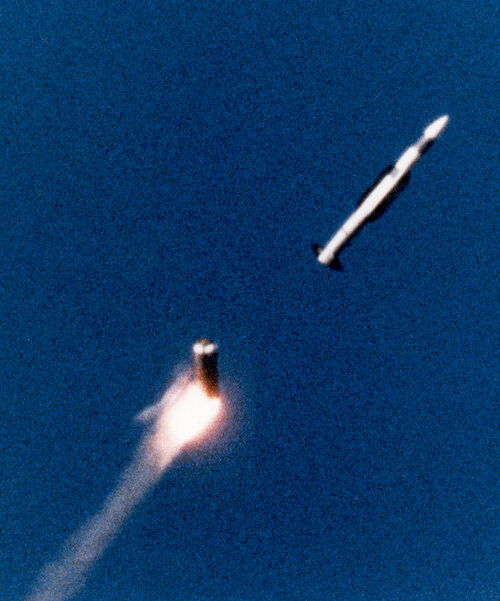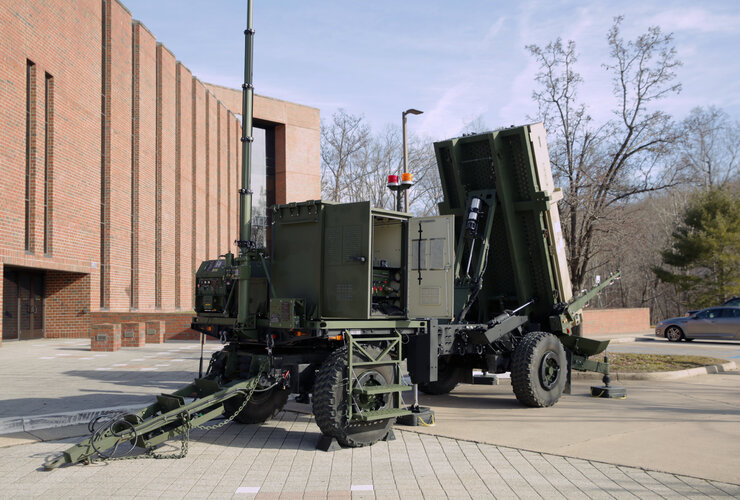- Joined
- 3 June 2011
- Messages
- 18,328
- Reaction score
- 12,200
if 6 seconds for the booster is true, and if missile's max velocity with the booster is anywhere between Mach 3.5 and 5 - then after those 6 seconds the missile should be roughly at 6000 meters of altitude. If the missile goes up completely vertically. So, with some horizontal movement, perhaps closer to 5000 meters? And then the booster is jettisoned right in the 7th second - that seems logical.
Question is - does the main rocket motor ignite right afterwards? And once ignited, is its thrust constant or does it have some sort of boot-sustain configuration as well?
I always wondered, if the missile would not accelerate right away after booster separation, using its main motor, how quickly would it really shed speed? Would it reach like 10 km in altitude while still going over mach 2?
Looks like maybe a fraction of a second? It's not immediate though (though I suppose below could be a test of the booster, with an inert upper stage):

Last edited:








